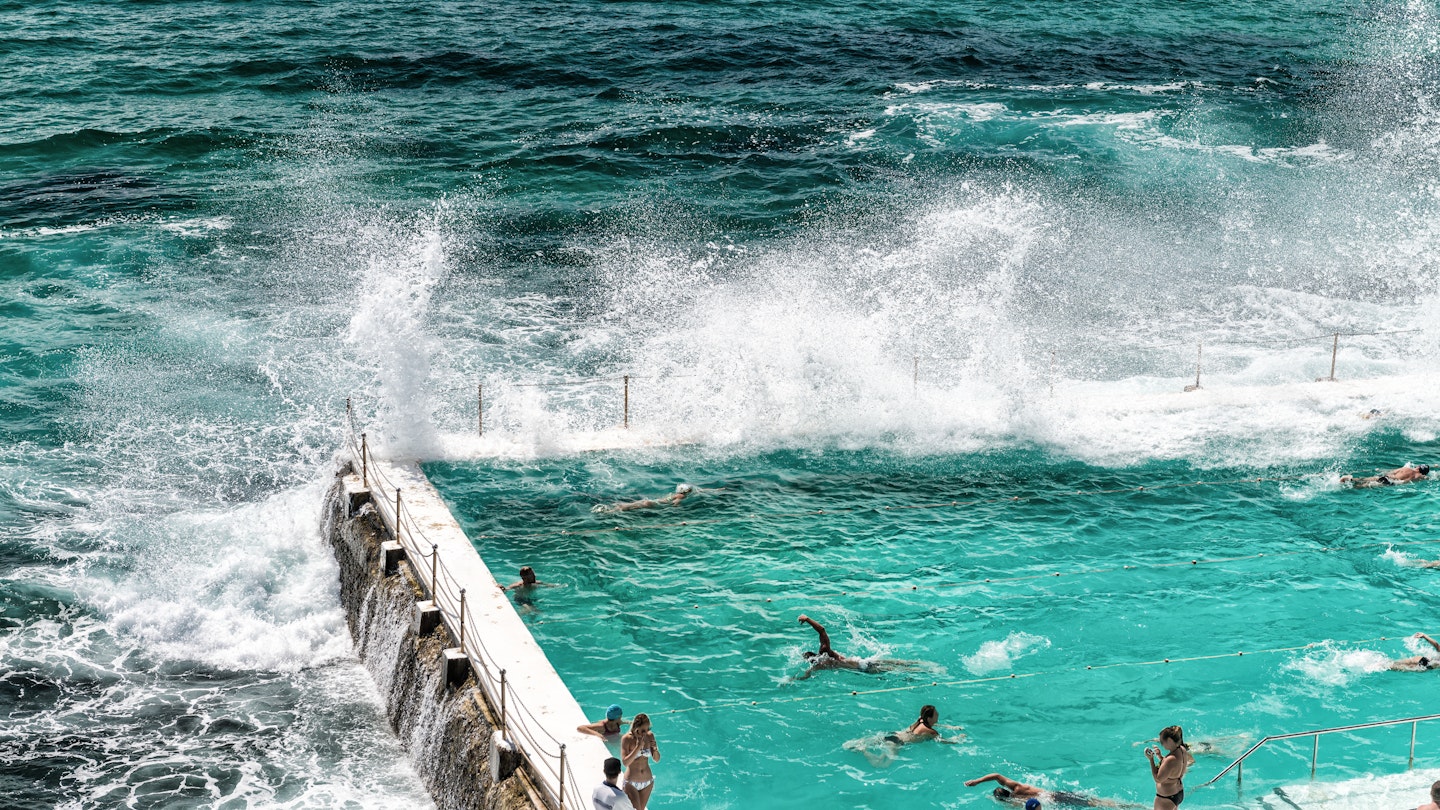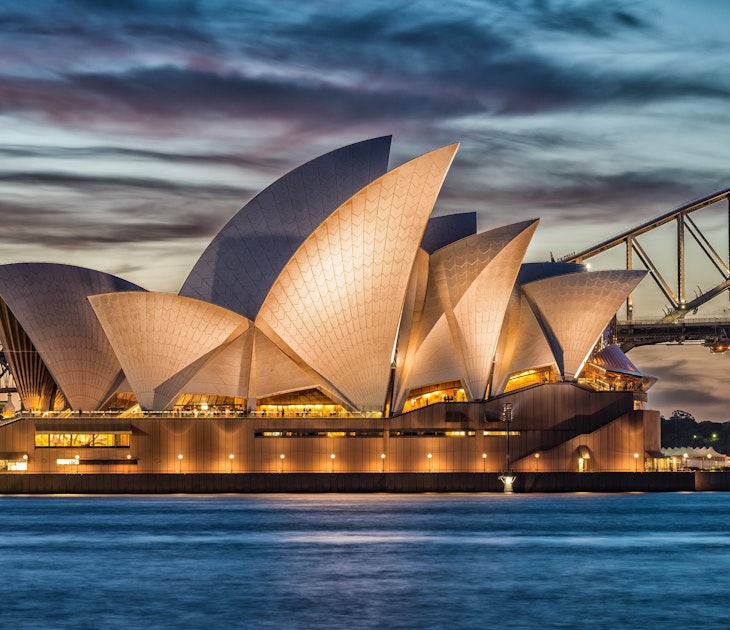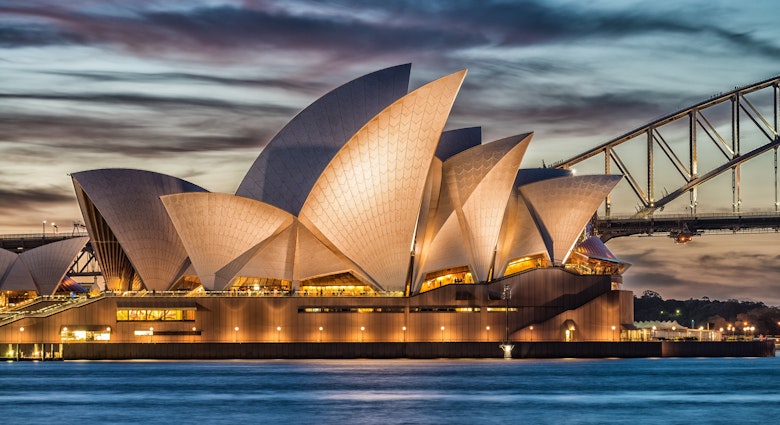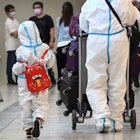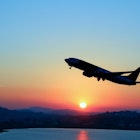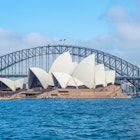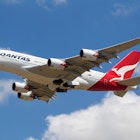The countdown begins for Australia's return to international travel. The government today published its four-phase plan out of lockdown, in which it was revealed that borders will reopen when 80% of the eligible population is fully vaccinated against COVID-19.
Australia's prime minister Scott Morrison shared details of the plan today to show how the country will move away from its current lockdown status. Underpinned by vaccination targets, the plan aims to gradually remove local and state-wide restrictions and eventually reopen international borders. Here's what each of those phases mean and how they affect travel.
Phase A (current phase)
Australia is now in phase A of the plan, which is the supression stage, with some states and territories in lockdown as officials try to get ahead of the virus with vaccine rollouts.
Phase B (transition phase)
Australia will move to the next phase when 70% of the eligible population is vaccinated. At that stage lockdowns should be less likely and special rules will be introduced for vaccinated people. There will be capped entry for student and business visa holders and new quarantine rules for vaccinated travelers.
"We will allow capped entry of student and economic visa holders, subject to quarantine arrangements and availability, and will introduce new reduced quarantine arrangements for vaccinated residents," Morrison said in a statement.
Phase C (consolidation phase)
Once that's achieved, Australia will move to phase C, that is when 80% of the adult population is vaccinated and international borders can gradually reopen. There will be no caps on returning vaccinated Australians, and vaccinated people will be able to leave the country. The travel bubble with New Zealand (which is currently closed) will also be extended to countries with similar vaccination rates.
"There will be a gradual reopening of inward and outbound international travel with safe countries, those that have the same sort of vaccination levels that Australia," Morrison said.
Phase D (final phase)
The fourth and final phase of the the government's plan will see life return to pre-pandemic times, more or less, where COVID can be managed and international travel can return in a sustainable way.
"The final phase will see the opening of international borders. Quarantine for high risk inbound travel only. Minimising cases in the community without ongoing restrictions or any lockdowns," Morrison added.
There's no timeline for when Australia will reach each phase; it's expected to be dependent on vaccine supplies and uptake. However, Morrison said that he expected Australia to reach phase B before the end of the year. At present, around 14% of the population is fully vaccinated, according to statistics from Our World In Data.
Australia has some of the strictest restrictions on international travel, which is one of the reasons why it has been relatively successful in containing the virus. Its current strategy also relies on contact tracing, mask mandates, social distancing and targeted lockdowns when outbreaks occur.
This article was first published on May 6 and updated on June 30, 2021.
You might also like:
Visa requirements for visiting Australia
When is the best time to go to Australia?
Australia's 10 most iconic road trips

